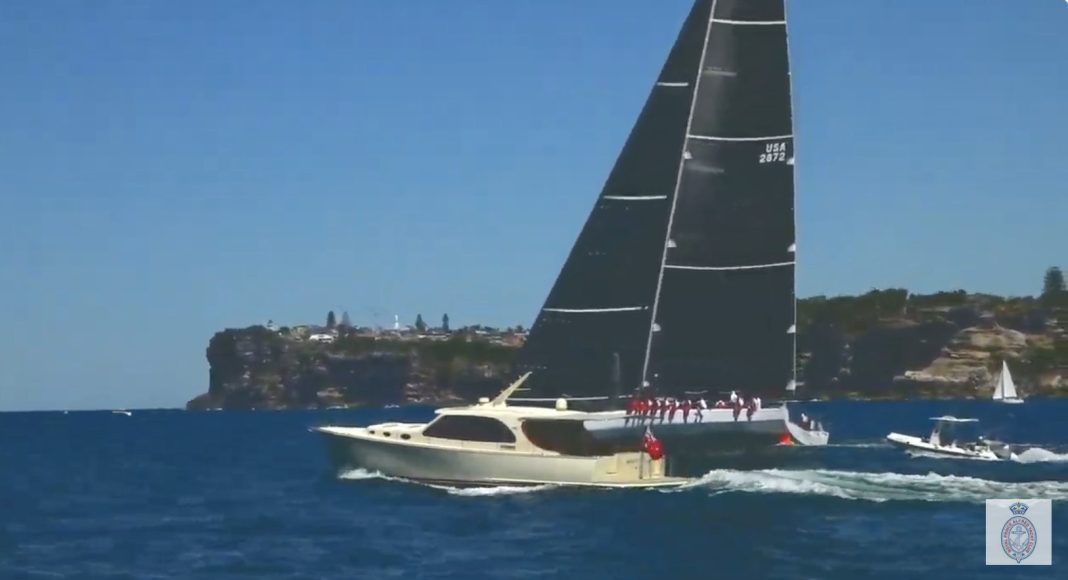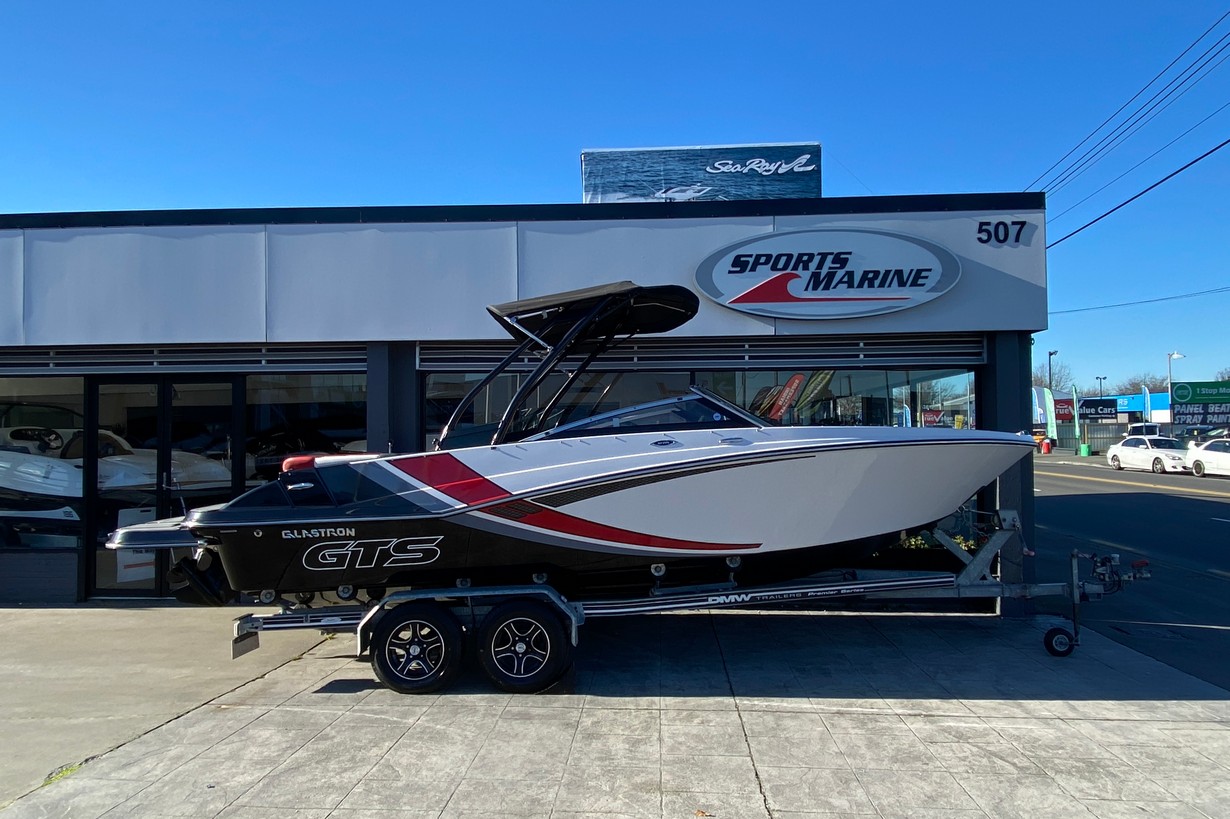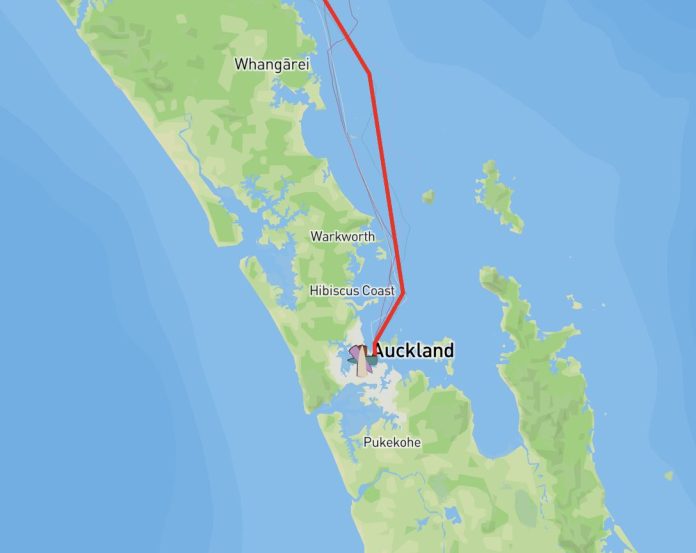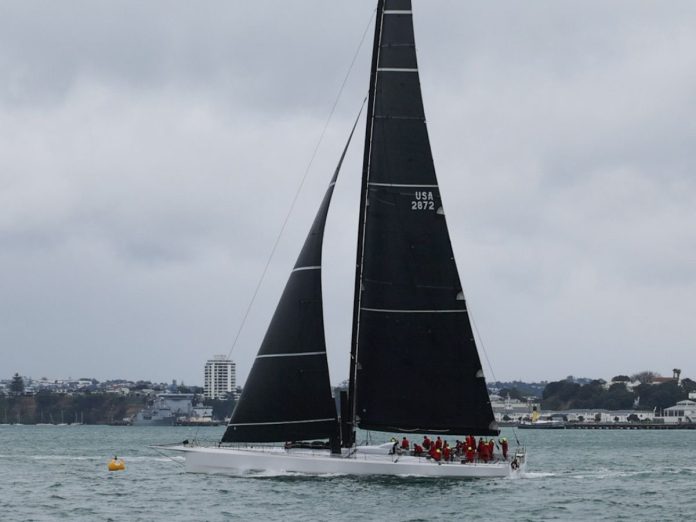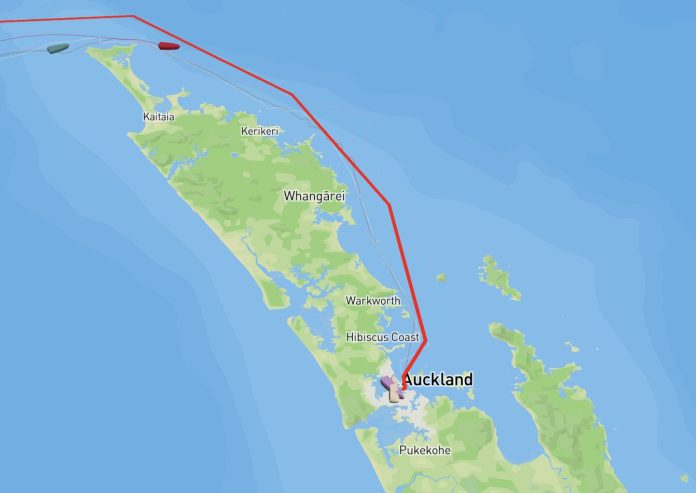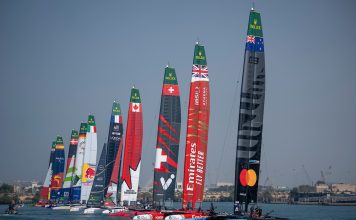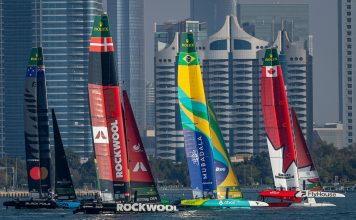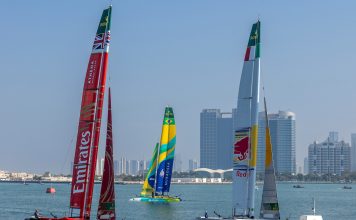Blue skies and strong breeze
The 2025 Sydney to Auckland Ocean Race began under the kind of weather every offshore sailor hopes for — crisp sunshine, smooth seas, and a steady 10–12-knot breeze funnelling through Sydney Heads. A late swing to the east-north-east filled the harbour just before the gun, lighting up white and grey sails against cobalt water and drawing cheers from spectators crowding the headlands.
This year’s start line was set higher up the harbour toward South Head, a move that placed the fleet squarely in the developing pressure and gave everyone room to accelerate cleanly.
The five-boat lineup was small but stacked with variety and pedigree.
Leading the charge was Lucky, the 27-metre Juan K-designed maxi carrying a reputation for line-honours dominance. Chasing close behind, Antipodes, the elegant Santa Cruz 72, balanced muscle with ocean-racing heritage. The 52-foot Frantic brought local expertise and youthful pace, while Cooloola, and Wings rounded out the field — each representing a different corner of Australasian offshore sailing.
Together, they formed a fleet that blended grand-prix polish with Corinthian grit, all sharing a single goal: the 1,250-nautical-mile sprint to Auckland.
Clean starts and bold tactics
As the horn sounded, the fleet surged forward — bow waves flashing, crews hiking hard, and grinders already sweating as they trimmed for height.
Frantic was the sharpest off the line, nailing the timing and hitting the gun at speed with clear air to leeward. The start drew an approving shout from the committee boat — a mark of precision that comes only from hours of harbour practice. Lucky held slightly back, staying clear of congestion but accelerating the moment she found open water. Antipodes followed in phase, while Cooloola and Wings were forced higher near the committee boat before settling into their rhythm.
The first leg up the harbour was tight and technical. The breeze oscillated, crews tacked for every shift, and the fleet held within sight of one another as they charged toward the Heads. By the final tack past Middle Head, Lucky’s towering black sails had drawn level, the big boat easing ahead as she stretched her legs.
Splits at the heads
Beyond the harbour walls, the real race began. Lucky and Antipodes cracked sheets and tacked early toward deeper water, betting on steadier offshore wind. Frantic and Wings stayed close to the shoreline, hugging the stronger inshore pressure and riding a favourable ebb tide.
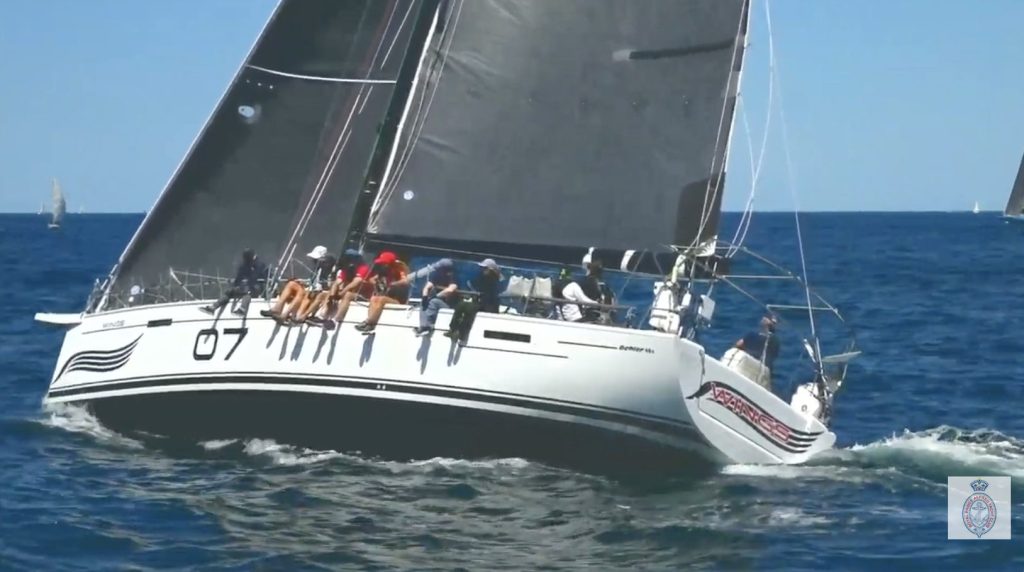
For the first hour, that inshore gamble paid off. Frantic’s team — guided by skipper Mick Martin and a mix of Royal Prince Alfred YC youth sailors — clawed back distance on the larger boats, closing to within a few minutes of Antipodes at one stage. It was a classic local-knowledge play: work the headlands, stay in pressure, and make every puff count.
Pace setters and first-hour snapshot
Once clear of the coast, the bigger boats began to stretch away. Lucky settled into her stride, locking in at around 14 knots and lengthening her lead with every tack. Antipodes held second on the water, sailing cleanly and keeping her nose downrange, while Frantic remained well-placed on IRC handicap and clearly the fastest of the smaller entries.
After the first hour of racing:
- Lucky led the fleet past Long Reef, her carbon sails carving through the haze.
- Antipodes followed within visual range, still hunting for the next shift.
- Frantic sat in third overall, the inshore track continuing to deliver reward.
- Cooloola, and Wings followed in good order, sailing tidy and measured.
The fleet had quickly spread across the horizon, each boat committing to its chosen side of the course — offshore or coastal — with no middle ground between.
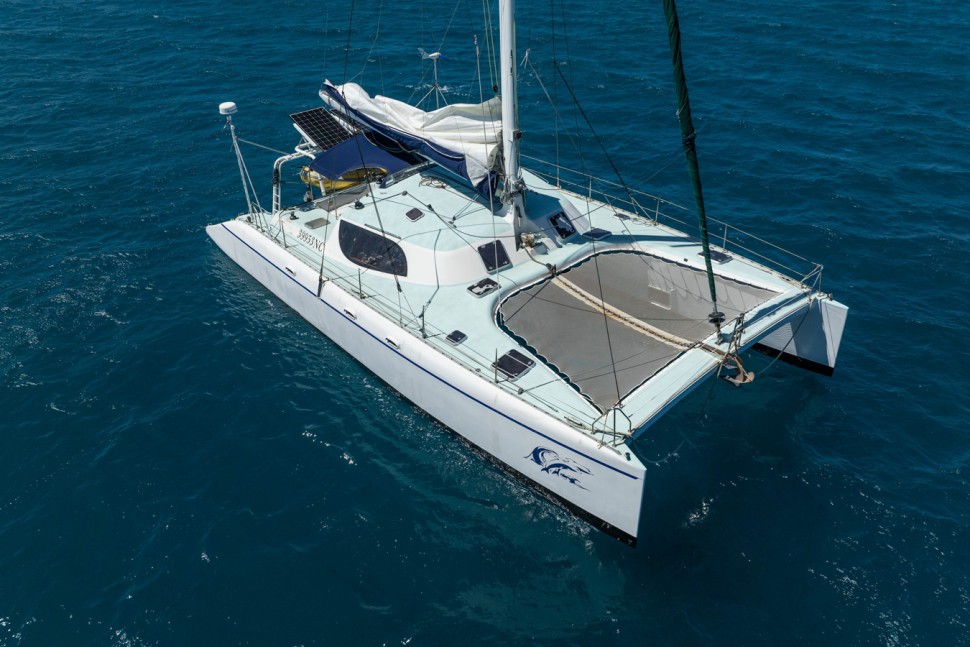
Conditions and crowd energy
Sydney turned on a show for the start. The water was glassy between gusts, the sky bright, and a flotilla of spectator boats lined the channels from Watsons Bay to North Head. From deck level, it was all focus: crews calling time to the next puff, main trimmers crouched low, and navigators already scanning screens for the next shift line. From shore, it was pure theatre — the sight of a trans-Tasman fleet slipping the Heads under full power.
As the yachts disappeared north, the sea state remained moderate, wind building gently toward 15 knots offshore — ideal conditions for a fast early run.
Classic Tasman challenge ahead
Forecasters, including race meteorologist Dr Roger Badham, expect the fleet to carry strong westerlies across the opening stages before encountering a front mid-Tasman and lighter high-pressure winds near New Zealand. It’s a setup that rewards agility and patience.
Race Director Nick Elliott summed it up best at the morning briefing: “This is a proper Tasman race — fast, tactical, and full of decisions.”
With a clean start behind them and a weather window promising both power and finesse, the 2025 Sydney to Auckland Ocean Race is underway in style. For the crews now pointing east, it’s the beginning of a long blue line — and for those watching from shore, it’s already shaping into a race worth following.








